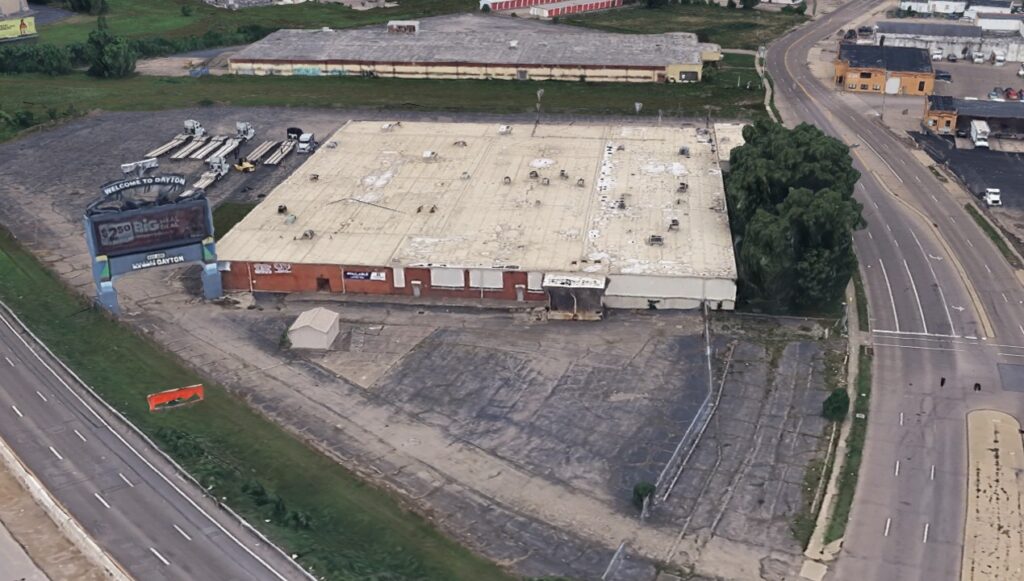Engaged to determine whether the client was a Potentially Responsible Party (PRP) for PCE and TCA contamination in soil and groundwater at a former aeronautical parts manufacturing facility, this forensic hydrogeologic analysis integrated historical site operations, soil and groundwater chemistry, and contaminant fate and transport modeling to assess liability. Analyzed historical operations, soil, and groundwater data of a multiple-owner site to determine the Potentially Responsible Party for PCE and TCA contamination in soil and groundwater at a former aeronautical parts manufacturer. Concluded that client was not the RP based on age dating via detections of TCE chemical impurities (1,1,2-trichloroethane) in groundwater and the time and history of client’s ownership.
“Andrew’s analysis of soil and groundwater contamination was central to our liability allocation case. He reviewed all data, created clear visuals for counsel and clients, and helped develop a remediation plan accepted by Ohio EPA. His work supported key cost-allocation arguments and contributed to a favorable settlement. I continue to recommend him in my post-retirement advisory role.”
– Wray Blattner, Thompson Hine, LLP
Key Findings:
- Age Dating and Chemical Impurities as Forensic Indicators – The presence of 1,1,2-trichloroethane (1,1,2-TCA), a known impurity in historical TCE formulations, was a crucial forensic indicator. Analysis of chlorinated solvent chemistry established that TCE contamination at the site originated from releases predating the client’s ownership, ruling out the client as the PRP.
- Hydrogeologic and Groundwater Flow Analysis – A comprehensive review of groundwater flow direction, velocity, and contaminant plume delineation demonstrated that TCE detected in downgradient monitoring wells could not be attributed to the client’s facility. Groundwater velocity calculations indicated a travel time inconsistent with the client’s operational timeline.
- Plume Mischaracterization by Regulatory Agency – The state EPA’s conceptual site model failed to account for distinctions between shallow and deep aquifer zones and overlooked critical contaminant transport mechanisms. The agency’s reliance on an incomplete dataset resulted in an overstated on-site source attribution.
- Questionable Data Interpretation – Regulatory conclusions were based on soil samples collected below the water table, which were improperly compared to unsaturated soil leaching criteria to suggest an on-site source. Additionally, some groundwater data were unreliable due to inconsistent oxidation-reduction potential (ORP) and dissolved oxygen (DO) measurements, raising doubts about degradation pathways and contaminant origin.
- Waste Manifest and Source Evaluation – A quantitative assessment of historical waste disposal records demonstrated that waste streams generated by the client’s operations could not account for observed groundwater contamination. TCE concentrations in groundwater far exceeded expected levels if sourced from the client’s facility, reinforcing the conclusion that an off-site or historical source was responsible.

